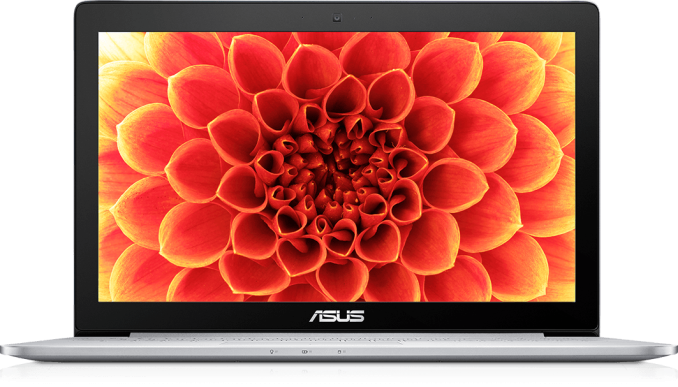How often can we point at a laptop and say: “...i could go for a MacBook Pro... or for this”? It seems the time has come for the iconic MacBook Pro to finally see some real competition.
The latest high-end offering from Asus is a laptop aimed to rival Apple’s flagship high-powered laptop, directly, with an array of features and specs designed to take on the MacBook Pro on multiple key areas.

Construction
Make no mistake: The ZenBook UX501 is a 100% Asus product, featuring Asus’ signature spun-metal finish, and tapered chassis. Those who love the look of the black spun metal finish, will love the new silver option.
At 0.81mm, the ZenBook UX501 is only about 10mm thicker than the MacBook Pro, with an aluminum chassis. These specs already hit at the heart of two major Apple benchmarks: thickness and connectivity. While other laptop manufacturers have adopted plastic or other iterations, aluminum allows for better wireless signal for both Wi-Fi and Bluetooth.
The ZenBook is almost half a pound heavier than the MacBook, weighing in at 5 pounds, as most Asus higher-end models, slightly wider, spanning a total of 15.1 inches wide and 10.0 inches deep.
Display and resolution
While the Retina display is hard to beat, the ZenBook features some very respectable specs, and comes with two choices: the 15.6" 1920x1080 IPS LCD version, or the 15.6" 3840x2160 multi-touch IPS version.
Operating system
The ZenBook ships preloaded with Windows 8.1, which means that owners of the ZenBook will be among those eligible to upgrade to Microsoft Windows 10.
Memory and CPU
Asus didn’t pull any punches in regard to processing power and memory. The featured CPU for this model is an Intel Core i7-4720HQ clocking in at 2.6GHz, with a 3.6GHz turbo option. 3.6Ghz is still a bit behind the MacBook’s 4.0Ghz in Turbo mode, however we are still very much in the realm of a “desktop replacement” laptop. Further proof of it is that the ZenBook ships with 16GB DDR3 SDRAM.
Storage
The Asus ZenBook’s storage options are also rather plush, offering the option of a 1TB 5400RPM HDD, a 128/256GB SATA3 SSD or a 512GB PCIe x4 SSD.
Connectivity and ports
If there were any doubt on Asus’s motivation to take on Apple, how about a Thunderbolt 2.0 connector? As unusual as it seems, we must keep in mind that the ZenBook is a laptop meant for professional use, which makes the Thunderbolt “less” non-typical.
The full array of ports in the ZenBook features three USB 3.0 ports, one HDMI video connector, and an SDXC slot, as well as a standard 3.5mm Headset Jack, 2x2 802.11ac and Bluetooth 4.0.
The ZenBook also comes with a single 720p front-facing camera, suitable for generic video communication.
GPU
For those users into high-end graphic performance will find the ZenBook particularly attractive, as it integrates a 640 CUDA Cores, 2500Mhz nVidia GTX 960M graphic card. nVidia has created the M series of its GPUs specifically to bestow laptops with professional desktop class performance.
Battery
Once again, keep in mind that the ZenBook is designed as a desktop replacement, which makes battery specs slightly less relevant in this case. The battery life on the ZenBook UX501 are definitely below par compared to the MacBook Pro, rated for 6 hours of usage. Not exactly an all-day battery, but considering that most owners of this laptop are likely to use it on a desk, or otherwise more stationary setup, 6 hours are definitely not bad, and eliminate the need for power backup hardware in places where outages are common.
How does the ZenBook stack against the MacBook?
The ZenBook does present features and specs that put it in direct competition with the Apple MacBook Pro. The weight and size are definitely within category, while the battery may or may not be a concern, depending on the type of production environment. the screen resolution is also a factor that may or may not be relevant, depending on the setup. Since the ZenBook is not limited to HDMI external displays, this is also another point in favor of Asus.
Processing power is a little below what the MacBook offers, however the GPU processing makes up for it, backed by one of nVidia’s higher-end hardware options for production laptops.
Ultimately, the decision is tough, and may just come down to the user’s personal preference based on platform and user experience.